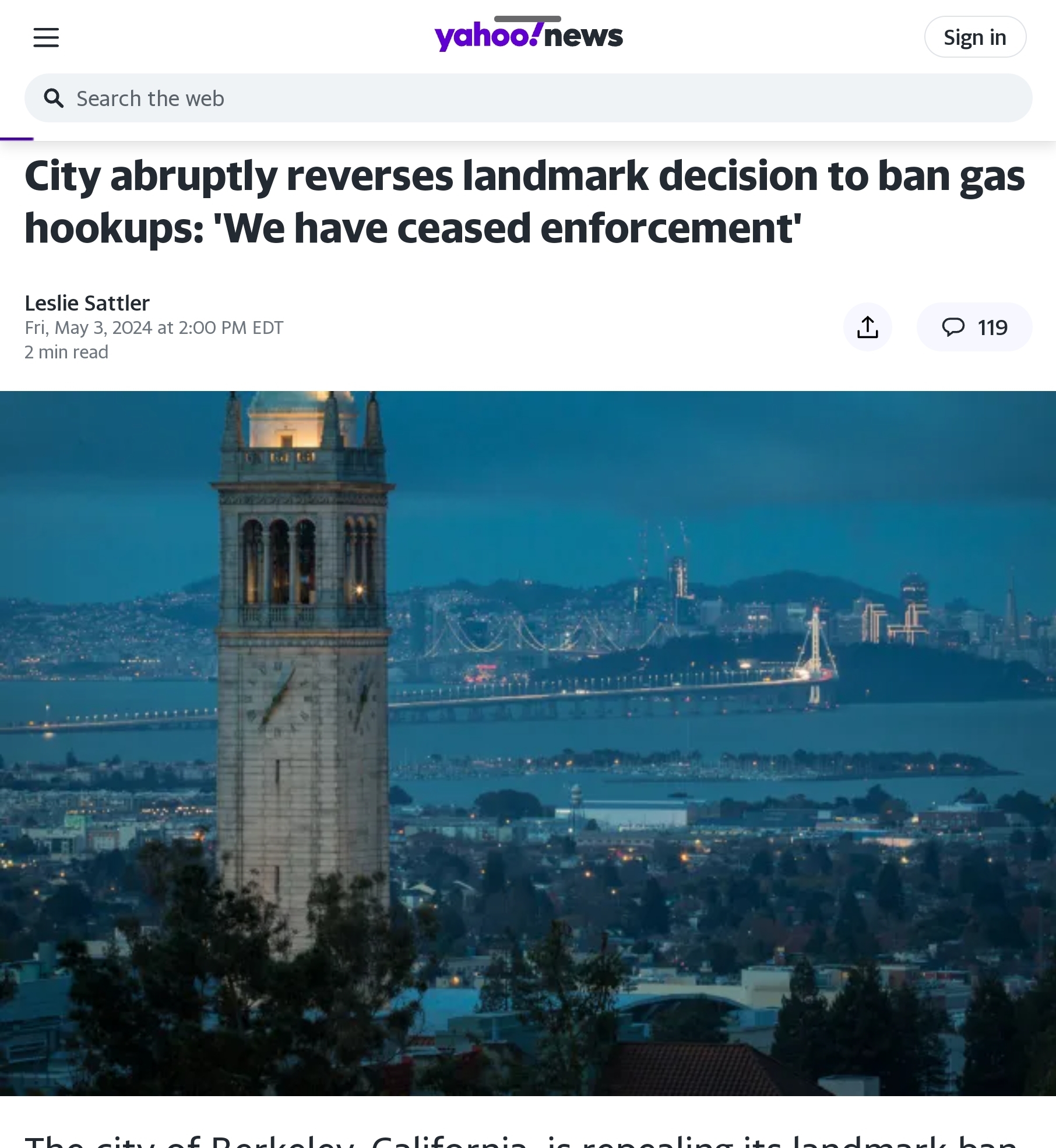The order directs the Environmental Protection Agency to review the Clean Power Plan, which the Supreme Court stayed last year in an extraordinary rebuke. The plan essentially forces states to retire coal plants early, and the tab could top $1 trillion in lost output and 125,000 jobs, according to the American Action Forum. Also expected are double-digit increases in the price of electricity—and a less reliable power grid. All for nothing: A year of U.S. reductions in 2025 would be offset by Chinese emissions in three weeks, says Rice University’s Charles McConnell.
The rule also fulfills a campaign promise to end Barack Obama’s war on coal. It’s true that market forces are reducing coal’s share of U.S. electric power—to some 30% from about 50% a decade ago—thanks mainly to fracking for natural gas. Yet Mr. Obama still deployed brute government force to bankrupt the coal industry. Mr. Trump is right to end that punishment and let the market, not federal dictates, sort out the right energy mix for the future.
The story is similar on a methane rule that the executive order will begin to roll back. Total U.S. methane emissions have dropped 15% since 1990, as Bernard Weinstein of Southern Methodist University told the House last fall, even though domestic oil-and-gas production has doubled over the past decade. One reason is that energy companies have a financial incentive to capture the stuff and sell it. Still, EPA promulgated expensive new emissions targets, equipment rules and more.
The order also dumps the “social cost of carbon,” which is a tool the Obama Administration employed to junk mandatory cost-benefit analyses for regulations. For example: An EPA power plant rule predicted net benefits from $26 billion to $46 billion, but as much as 65% of that derived from guesswork about the positives of reducing carbon, as Bracewell & Giuliani’sScott Segal explained to Congress at a 2015 hearing. The Obama Administration rolled out these new calculations with no public comment, and the models surely wouldn’t survive a rigorous peer review.




